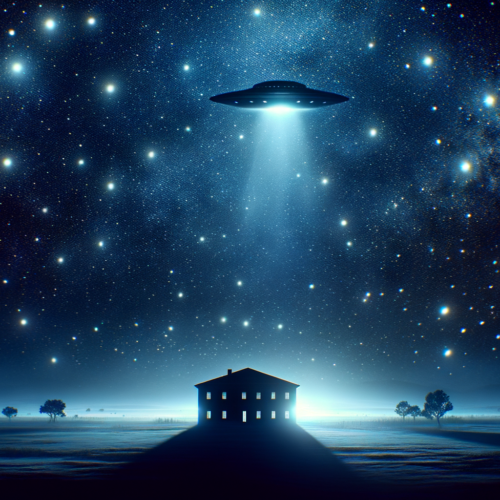The Celestial Dance: A Guide to June’s Night Sky Wonders
- Saturn, the moon, Mars, and Jupiter will grace the late June sky in a stunning alignment visible without a telescope.
- Early June’s much-anticipated planetary parade will disappoint many, with only Mars and Saturn being easily visible to the naked eye.
- June will also feature a new moon and the full “strawberry moon,” adding to a month rich in astronomical events.
The Early June Misconception
Hopeful stargazers may have marked their calendars for an early June spectacle, eagerly anticipating a parade of planets including Mercury, Mars, Jupiter, Saturn, Uranus, and Neptune. However, NASA has recently adjusted expectations, noting that most of this celestial lineup will remain elusive to the naked observer. Mercury and Jupiter will stay hidden, dipping below the horizon, while Uranus and Neptune demand a telescope for their viewing, leaving only Mars and Saturn to be spotted without one.
Redemption in the Late June Sky
For those feeling disheartened, don’t pack away your binoculars just yet! The cosmos has a consolation prize lined up. On June 29, a more visible and equally mesmerizing alignment will occur. Saturn, the moon, Mars, and Jupiter will line up in a celestial conga line across the early morning sky, no telescope required. For those new to stargazing, remember: Planets shine with a steady light, distinguishing themselves from the twinkle of stars. And if you do bring out the binoculars, planets will reveal themselves as discs or crescents rather than mere points of light.
Spotting Artificial Satellites
In between these natural spectacles, you might also catch a glimpse of human-made marvels gliding across the sky. Moving objects, particularly those that aren’t blinking, could well be artificial satellites or even the International Space Station. The ISS, in particular, can be identified by its exceptionally bright light tracing a slow path across the night sky.
How to View the Planetary Alignment
As the late June alignment approaches, here’s a little guide on what to expect. Saturn will display a soft yellowish tint, Mars will radiate with a red or orange glow reminiscent of a campfire, and Jupiter will dazzle as a bright white beacon. This lineup serves as a cosmic curtain-raiser to other notable June events such as the new moon on June 6 and the full “strawberry moon” on June 21, which falls a day after the summer solstice—the longest day of the year for those in the northern hemisphere.
Jon’s Take
While the early June planetary parade might not unfold as some had hoped, the sky remains a source of endless fascination and wonder. The late June alignment serves as a reminder that sometimes, patience and a second glance can reveal the universe’s true splendor. So, let’s not see this as a missed opportunity but as an invitation to look up and connect with the cosmic dance that continues above us, often unnoticed. Remember, the truth isn’t just out there – it’s right here, playing out across our night sky.




